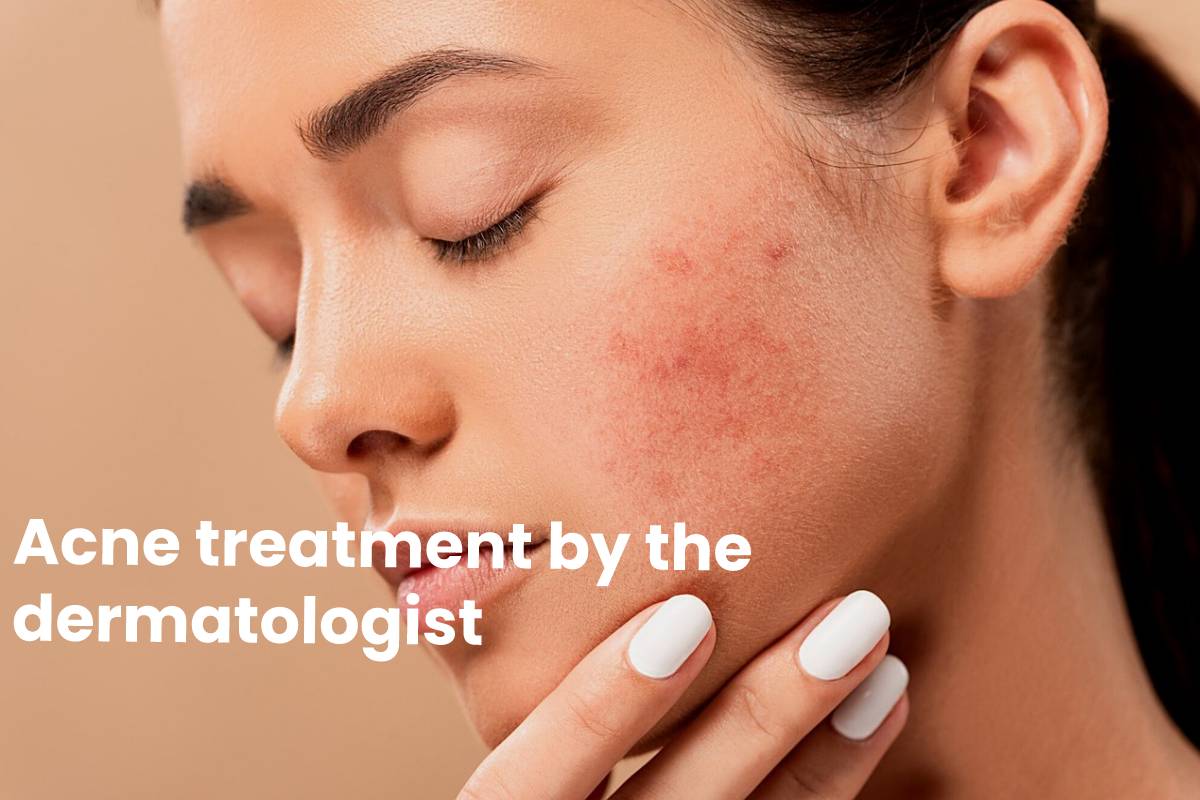Table of Contents
Acne Treatment
Acne treatment is one of the most frequent reasons for dermatological consultation. On many occasions, what the medical guides contribute becomes obsolete as time passes since their publication. For this reason, Dr. Cristina Eguren Michelena has updated the daily practice of dermatologists against this disease beyond the prospectus.
Use of isotretinoin, antibiotics
In his presentation on ‘Real use of isotretinoin, antibiotics, and contraceptives in acne,’ within the framework of the session ‘Therapeutics in inflammatory pathology: from the prospectus to the consultation,’ held this Saturday 21 at the I AEDV Virtual Autumn 2020 Congress, has exposed the data of a survey of 10 questions answered by 304 dermatologists.
“In my presentation, I wanted to capture what happens in clinical practice versus what is in the technical sheet. Having a real vision of what dermatologists do helps to have aid in individual practice,” Dr. Eguren Michelena explained to the AEDV website.
that the guides and actual practice
The usual problem is that the guides are very delayed compared to actual practice, so on many occasions, what they advise does not coincide with what they do daily. So what are the most common guidelines in treating acne? When is the recommended dose used in the technical data sheet?
For example, isotretinoin in the technical data sheet says that it treats severe acne forms, like nodular acne, conglobate, with the risk of permanent scarring.
I usually use this drug is not so severe acne, at lower doses and for other pathologies such as rosacea, seborrhea, papules associated with fibrosing alopecia frontal”. A survey carried out shows that many dermatologists also act like this: 97% recognize a use outside the technical datasheet.
The survey shows that 90% of dermatologists use isotretinoin outside the indication specified in the technical data sheet to treat moderate acne and rosacea. 65% in facial papules in fibrosing frontal alopecia, 45% in mild acne and seborrhea, 30% for antiaging, and 20% in seborrheic dermatitis and other indications.
“The dose used varies for each indication, but in general, many dermatologists tend to use lower doses or those that come on the technical sheet as such,” says this dermatologist, who indicates the significant variability of what the different medical guides say.
When is it time to start isotretinoin treatment? According to the survey carried out, 90% of dermatologists do it when they find it indicated without performing the treatment with oral antibiotics.
Analytical control and monitoring
There are also discrepancies between what the guidelines recommend when performing blood tests and what dermatologists do. 99% of dermatologists do request analytics, only 3% request an initial analysis, and then monthly, 50% request analytics at the beginning, another control. If that is okay, they no longer ask for more, and 46% ask one at the beginning and each review. These discrepancies are not just between guidelines and dermatologists but vary between different clinical guidelines.

